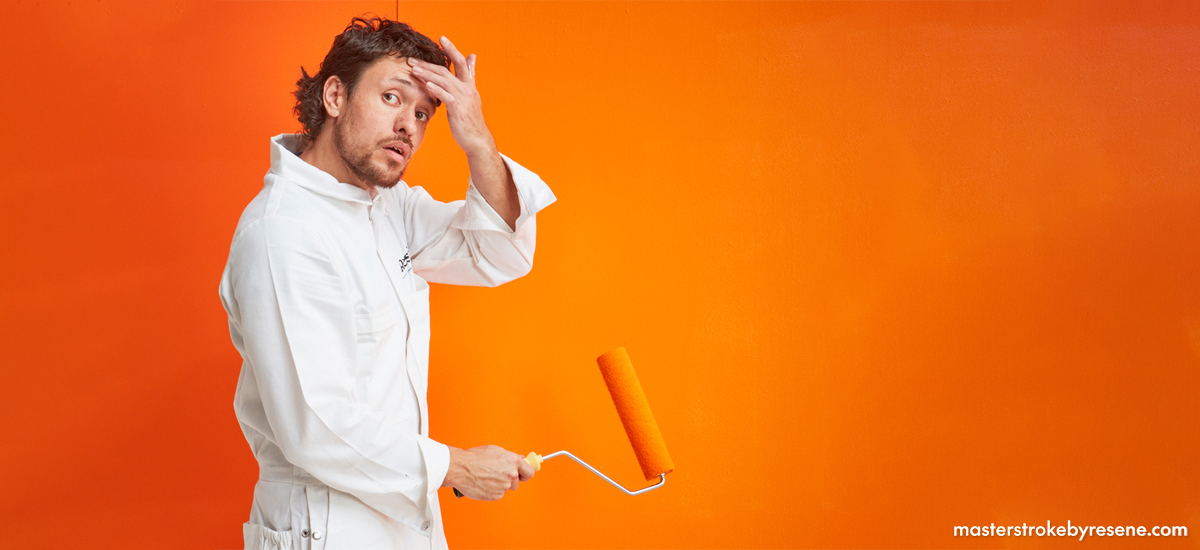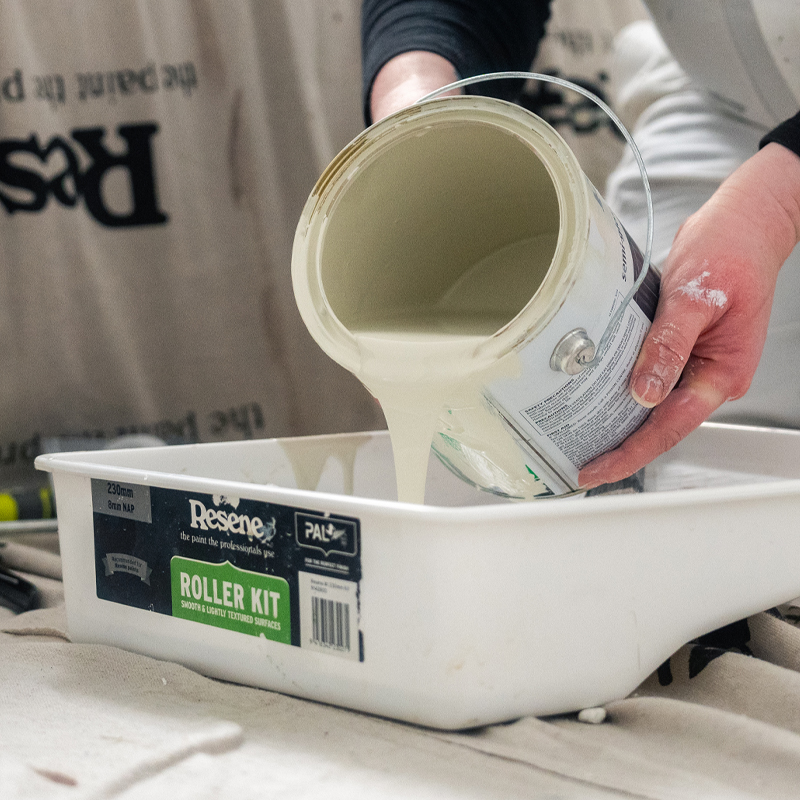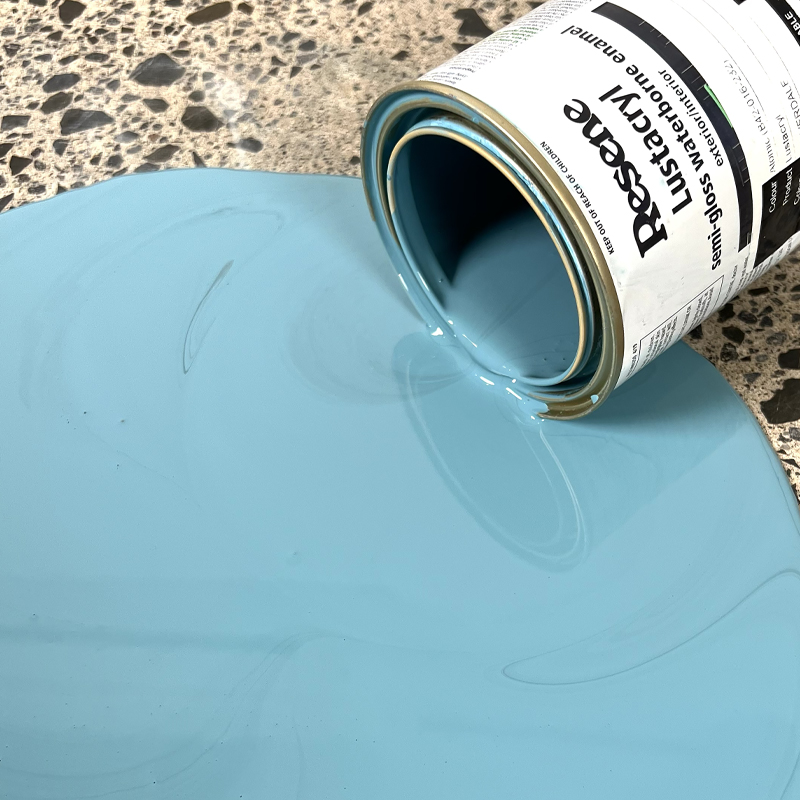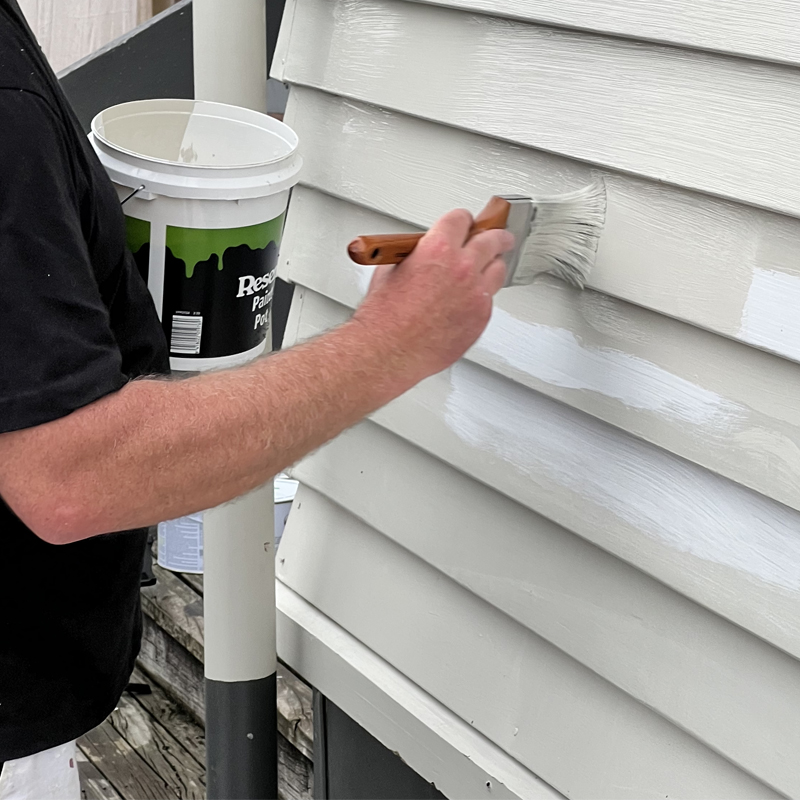So, you’ve made the decision to paint a wall. Or several walls. Or even the floor, deck or other surfaces around your house.
You’ve pored over colour charts, hung swatches made with Resene testposts on said surfaces and bought rollers, tape and drop cloths. Then you spend a precious weekend priming, painting and completing the project. And while you probably won’t be giving up your day job to become a painter and decorator anytime soon, you think you’ve done a pretty good job, all things considered.
But when you step back to admire your handiwork, your breath catches in your throat – is that a couple of imperfections staring out at you?
Common problems
While some paint finish defects are tiny and easy to overlook, others can be more conspicuous and need to be addressed – usually the sooner the better, not only to restore the painted surface but to check for any potential underlying problems.
But what exactly is an unacceptable finish? Resene paint expert Jay Sharples says paint defects can be caused by a range of issues, from refinishing mistakes to external influences.
“Common paint defects include chalking, sagging, incorrect drying as well as peeling, flaking and low coverage of the surface being painted,” says Jay. “Another one is efflorescence, the annoying deposit of crusty white mineral salts that can leach out of concrete, render, brick or mortar when moisture penetrates the surface.”
There are a number of ways to identify a paint defect. Here’s what Jay says you should be looking out for:
“Firstly, the paint finishes should be uniform – that includes the finish, colour, texture and gloss level. There should also be uniformity in the opacity (not letting light through), hiding power (ability to adequately hide the surface) and paint film thickness. It’s important to always ensure that the correct number of coats have been applied, following the recommended spreading rate on the back of the can/pail.”
If you find the paint doesn’t seem to be covering well and you have lots of paint left over, most likely you have spread it too far so there isn’t enough paint on the surface, so you’ll need to put more on.
Before you start painting you should always check that the colour looks like the one you chose, as sometimes mistints can happen or the wrong colour has been requested. It’s best to stir the paint well and then test a sample and allow it to dry, then compare it against the Resene testpot or colour chart to make sure it looks right before you get stuck into the painting.
Also key is checking that there are no stray bristles from brushes, no sagging from over-application and no roller marks. “The best way to stop roller lines and marks is to use the correct roller sleeve and lay it off in one direction. For a better understanding of how to achieve this, check out the MasterStroke by Resene how-to video.”
Get some distance
One thing to always remember is that some differences in paint finishes can occur. And generally, if you can’t clearly spot defects from a distance of about 1.5-2m, then Jay says that’s usually considered acceptable. You’re generally not going to have family and friends inspecting your paint finish with a microscope. Step back a couple of metres from the wall and see how it looks – you might find a very minor defect isn’t visible any more.
“Something else to check for is overall cleanliness – and the absence of disfigurement – related to the paint application. This includes checking surfaces, fixtures and fittings have been removed or masked prior to painting, surfaces are cleaned before you start painting and that any subsequent paint spills or stains have been cleaned/removed.
“Finally, it’s important to make sure that the surrounding environment is clean, tidy and undamaged and has been returned to its former state.” The best way to do this is to protect everything well before you start by moving as much as you can out of the way and protecting the rest with drop cloths or other paint protective covers – this will save you time, hassle and clean up at the end of the job.
See the problem solver section on the Resene website for more advice, or fill in the Resene Ask a Paint Expert form for free advice.







